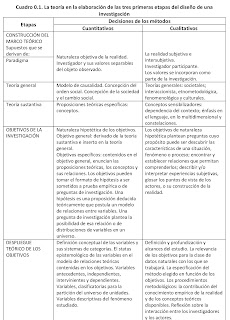BERNTSEN, Duncan (2013): Pastoral manouvres. Ecologies of city, nature & practice
BERNTSEN,
Duncan (2013): Pastoral manouvres. Ecologies of city, nature & practice; Architectural Design, London
135
(…) The
opportunities and profits that planted open public spaces offer investors are
actually the 21st century’s green ‘elephant in the room’; it cannot
be seen due to its vast and intangible nature and hence remains unarticulated.
136
Developments
in industry and business have generally taught us the importance of the continuous
improvement at the heart of conventional industrial processes, education,
architecture and research. It is holism, however, that favours creativity and
adaptability.
137
Ecologies
of everyday practice
The ecology
of the city, architecture and the approach to green and public space can, and
needs to, be richly layered and highly original to satisfy the intangible
returns upon private investment being sought today (…) it needs a framework of
research and practice within which a growing body of evidence, tools, methods
and value can be developed, framed and tested. A pastoral, holistic
architecture and practice needs to be accountable and radically creative to be
effective beyond simple energy saving. To be sustainable, architecture should
now reclaim the confidence to design a great many more aspects of a place than
the building itself.

Comentarios
Publicar un comentario